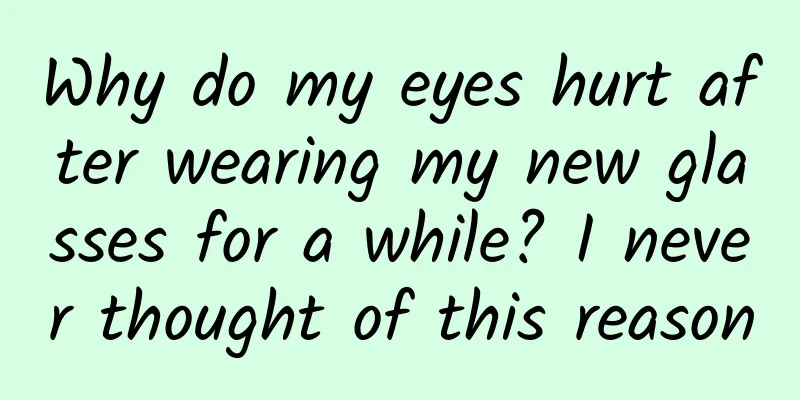Android Basics: Application Components

|
Application components are the basic building blocks of an Android application. These components are loosely coupled. The application manifest file AndroidManifest.xml describes each component of the application and how they interact with each other. There are four main components that can be used in an Android application:
ActivitiesAn activity represents a single user interface on the screen. For example, an email application might have one activity that displays a list of new emails, another activity for composing emails, and another activity for reading emails. If the application has more than one activity, then one of them should be marked as the activity presented when the application is launched. It is implemented as a subclass of the Activity class as follows:
ServicesA service is a component that runs in the background to perform long-running operations. For example, a service might play music in the background while the user is in a different application, or it might fetch data over the network without blocking the user from interacting with the activity. Implementing a service as a subclass of a service class is as follows:
Broadcast ReceiverBroadcast receivers simply respond to broadcast messages from other applications or from the system. For example, an application can also initiate a broadcast to let other applications know that some data has been downloaded to the device and is available for them to use, so it is the broadcast receiver that will intercept this communication and take appropriate action. Broadcast receivers are implemented as subclasses of the BroadcastReceiver class, and each message is broadcast as an Intent object.
Content ProviderContent provider components provide data from one application to other upon request. Such requests are handled by methods of the ContentResolver class. The data can be stored in the file system, a database or elsewhere. Content providers implement subclasses of the ContentProvider class and must implement a standard set of APIs that enable other applications to perform transactions.
We will cover the details of the application components through these tags, also in separate chapters. Add-onsAdditional components can be used to construct the above entities, their logic and the connections between them. These components include:
|
<<: Apple Swift language open source project selection summary
>>: Apple to launch dedicated app for Apple Watch
Recommend
What does a tree sparrow look like?
When it comes to wild birds, sparrows are probabl...
Second-class e-commerce advertising | 15 product cases in 7 categories!
The hot August gathers the enthusiasm of midsumme...
How can Microsoft Windows 9 avoid repeating the mistakes of Windows 8?
It is said that Microsoft will release the latest...
What designs in restaurants that you think are normal are actually draining your wallet?
Planning and production Source: Dr. Curious Edito...
A different way to promote APP: Analysis of the operation strategy of "Youlin"!
The author of this article is Tian Zuo, who has b...
In a few words: You have to be ruthless to lose weight, is the ketogenic diet effective? The pitfalls on the road to weight loss
Niu Niu: Xiaobing, I heard that a UP host on Bili...
I have seen, eaten and heard of water chestnuts, water spinach and radish, but I just can’t pronounce them…
The Chinese names of plants are like refined code...
Xiamen’s latest settlement policy in 2022: Will Xiamen cancel restrictions on settlement?
The People's Government of Xiamen City issued...
Observe the routines of user operation through treasure hunting apps
By following the four common steps of user operat...
World No Tobacco Day | We have only heard of second-hand smoke, but where does third-hand smoke lurk?
□ Zhang Wenlou and Deng Furong May 31, 2024 is th...
Amazon Advertising (Anker) 3-hour in-depth course on the full-level algorithm system
Suitable for Amazon platform operator, Amazon pla...
Which one is better, Alipay Mini Program or WeChat Mini Program?
It is understood that the Alipay mini program wil...
A programmer's guide to preventing sudden death - a programmer's health strategy
Health problems are particularly prominent in pro...
Perfect Diary’s Brand Positioning Practice
Some people believe that the positioning theory, ...
New Media Operations: This is a topic selection guide that may help you write 10w+ articles!
After two weeks of observation, I have read count...









